Circadian Rhythms Can Best Be Described as ___
These cycles affect a variety of physical and mental operations from blood pressure and mood to physical strength and speed. A circadian rhythm is an internal clock that runs constantly and cycles between sleepiness and alertness.

Quiz 2 Psyc Docx Consciousness Can Best Be Described As Select One A A State Of Calm And Peace B A State Of Meditation In Which A Person Focuses Course Hero
Circadian rhythms are sometimes loosely described as a persons body clock.

. Name 2 other Circadian rhythms. Direct responses to changes in external light environments. The term circadian rhythm refers to the biochemical processes of an organism that occur over the duration of 24 hours.
The word circadian coming from the latin words circa about plus dies a day. Different systems of the body follow circadian rhythms that are synchronized with a master clock in the brain. A circadian rhythm disorder is any disruption in a persons circadian rhythm.
The system is designed to maintain the sleep-wake cycle and regulate your sleep pattern. Our circadian process which is often referred to as a circadian rhythm because it tends to be very regular. Circadian rhythms are physical mental and behavioral changes that follow a 24-hour cycle.
One of the most important and well-known circadian rhythms is the sleep-wake cycle. ASPD DSPS free-running and irregular sleepwake patterns are most often but not exclusively linked to circadian rhythm abnormalities. Humans arent the only ones with a circadian rhythm.
However these change according to the light and the season of a given place on the planet. Physiological and behavioral responses with a 24 hour rhythmicity. In plants the circadian clock regulates response to light energy cold drought and osmotic stress.
What Is A Circadian Rhythm. An example in humans is sleeping patterns. The sleep-wake cycle is perhaps the most prominent circadian rhythm in humans.
The difference in the level between peak and trough values is the amplitude of the rhythm. Chronobiology is the study of circadian rhythms. Physiological and behavioral responses which occur in the brain stem.
While circadian rhythms repeat approximately every 24 hours they can also adapt to changes in the individuals surroundings. Circadian rhythms help people to sleep at night and stay awake during the day. Both answers A and C.
One example of a light-related circadian rhythm is sleeping at night and being awake during the. It can refer to any process that originates within an organism ie endogenous and responds to the environment entrained by the environment. Circadian rhythms are physical mental and behavioral changes that follow a 24-hour cycle.
Hence the name circadian meaning about a day. Circadian rhythms can be best described as the biological processes that drive an endogenous 24 hour cycle between drowsiness and alertness at regular intervals. It is the natural cycle of activities in living things.
Your internal clock called a circadian clock cycles about every 24 hours. Circadian rhythms are responsible for maintaining a body balance and their base is light and darkness. One example of a light-related circadian rhythm is sleeping at night and being awake during the day.
Circadian rhythms in multiple aspects of cellular physiology help organisms across taxa from unicellular cyanobacteria to multicellular animals adapt to environmental daynight changes 1 2In mammals neurons in the hypothalamic suprachiasmatic nucleus SCN show circadian rhythms in gene expression intracellular calcium neural activity and other cellular. Humans have a well-defined internal clock that shapes our energy levels throughout the day. Our core body temperature is at its lowest around 430am and at its highest around 6pm.
Insomnia can be used to describe both a symptom or a disorder and if a disorder describes a condition that leads to difficulty falling asleep or staying asleep even when a person has the chance to do so. Usually endogenous or when it is exogenous it is mainly driven by daylight. A biological rhythm is a regular variation of an organic function related to the course of time.
A circadian rhythm s ər ˈ k eɪ d i ə n or circadian cycle is a natural internal process that regulates the sleepwake cycle and repeats roughly every 24 hours. Those rhythms that last about 24 hours. Circadian rhythms are the cycles that tell the body when to sleep wake and eatthe biological and psychological processes that oscillate in predictable patterns each day.
In fact every living thing has a circadian rhythm. The two best-known circadian rhythms are the sleep-wake cycle and the body temperature cycle. These natural processes respond primarily to light and dark and affect most living things including animals plants and microbes.
Which of the following statements best describes circadian rhythms. Explain the core body temperature circadian rhythm. A representative circadian rhythm is depicted in which the level of a particular measure eg blood hormone levels and activity levels varies according to time.
Circadian rhythms are 24-hour cycles that are part of the bodys internal clock running in the background to carry out essential functions and processes. Circadian rhythms which are present in virtually all physiological and behavioral functions and are generated by a circadian pacemaker located in the suprachiasmatic nuclei SCN of the anterior hypothalamus 12-15. Working primarily with footage of the human body in action I was interested in the way I could manipulate this rhythm in both a tactile and digital form to portray the changing moods and behaviours.
Parameters of circadian rhythm. These natural processes respond primarily to light and dark and affect most living things including animals plants and microbes. Sleep occurs when the core body temperature begins to drop and it begins to rise during the last hours of sleep helping us feel.
Circadian rhythm disorders also known as sleep-wake cycle disorders are problems that occur when your bodys internal clock which tells you when its time to sleep or wake is out of sync with your environment. Understanding circadian rhythms is crucial for some physiological and psychological disorders. A circadian rhythm is best described as a type of internal clock possessed by most creatures that allows them to be active during the daylight hours and inactive during the nighttime hours.
All living beings have oscillatory functions 24 hours a day. A circadian rhythm is a roughly 24-hour cycle in the physiological processes of living systems. It refers to the 24-hour cycle through which physical mental and behavioral changes occur.
The circadian timing system is conceptualized as three distinct. Core body temperature and hormone production. Chronobiology is the study of circadian rhythms.

Biological Psychology Chapter 8 9 Kalat Flashcards Quizlet

Circadian Rhythm Refers To Physical Mental And Behavioral Changes That Occur In Most Organisms Over A 24 Ho In 2022 Circadian Rhythm Rhythms Circadian Rhythm Disorder

Answers To Your Current Coronavirus Questions The New York Times
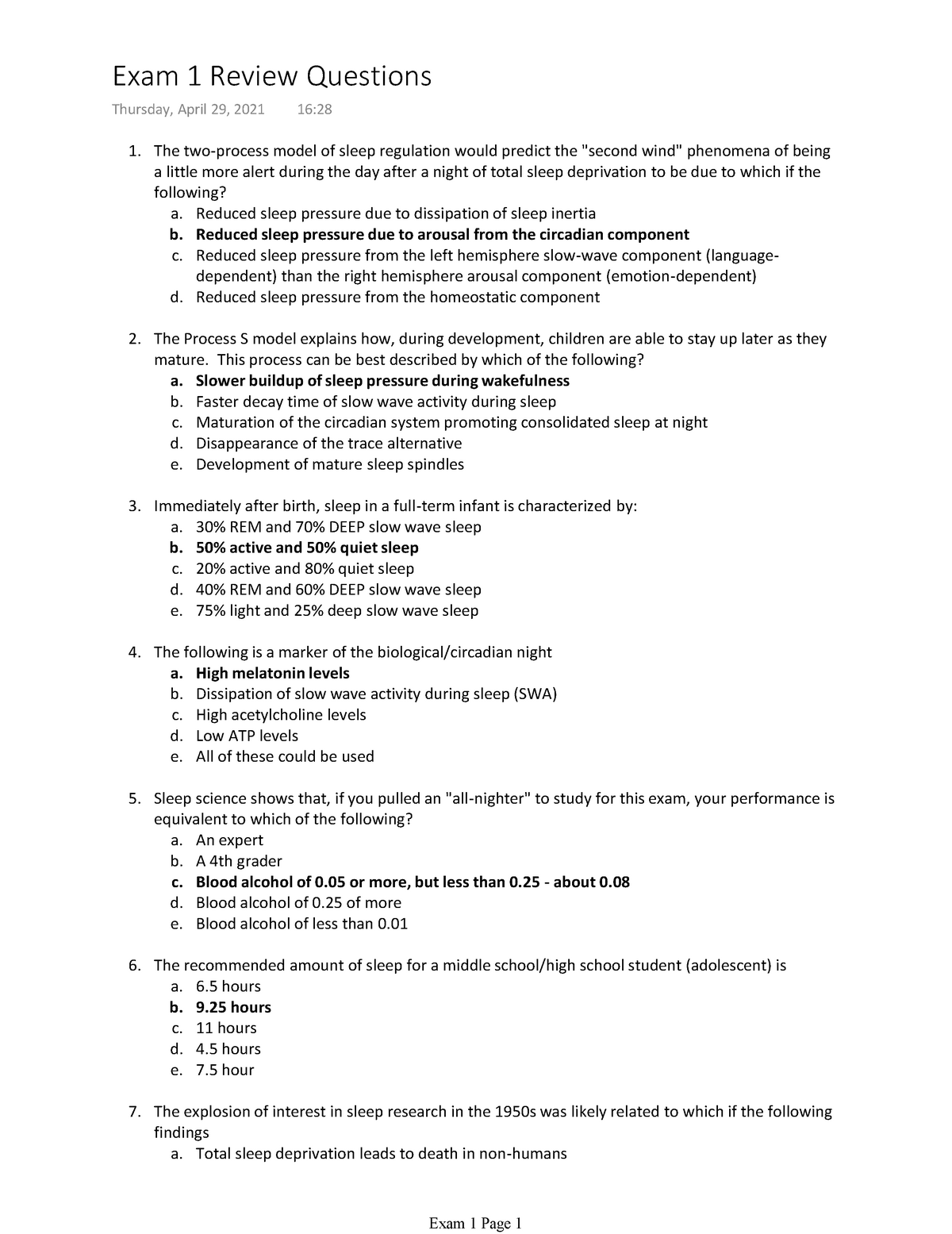
Exam 1 Review Questions The Two Process Model Of Sleep Regulation Would Predict The Quot Second Studocu
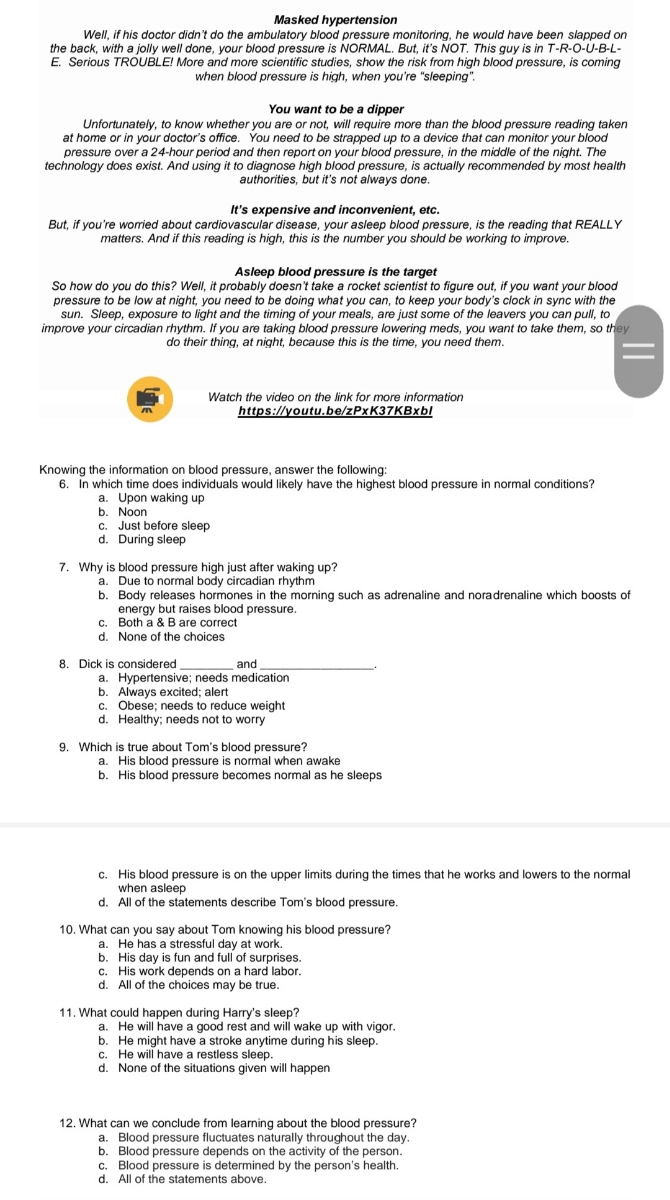
Answered Knowing The Information On Blood Bartleby
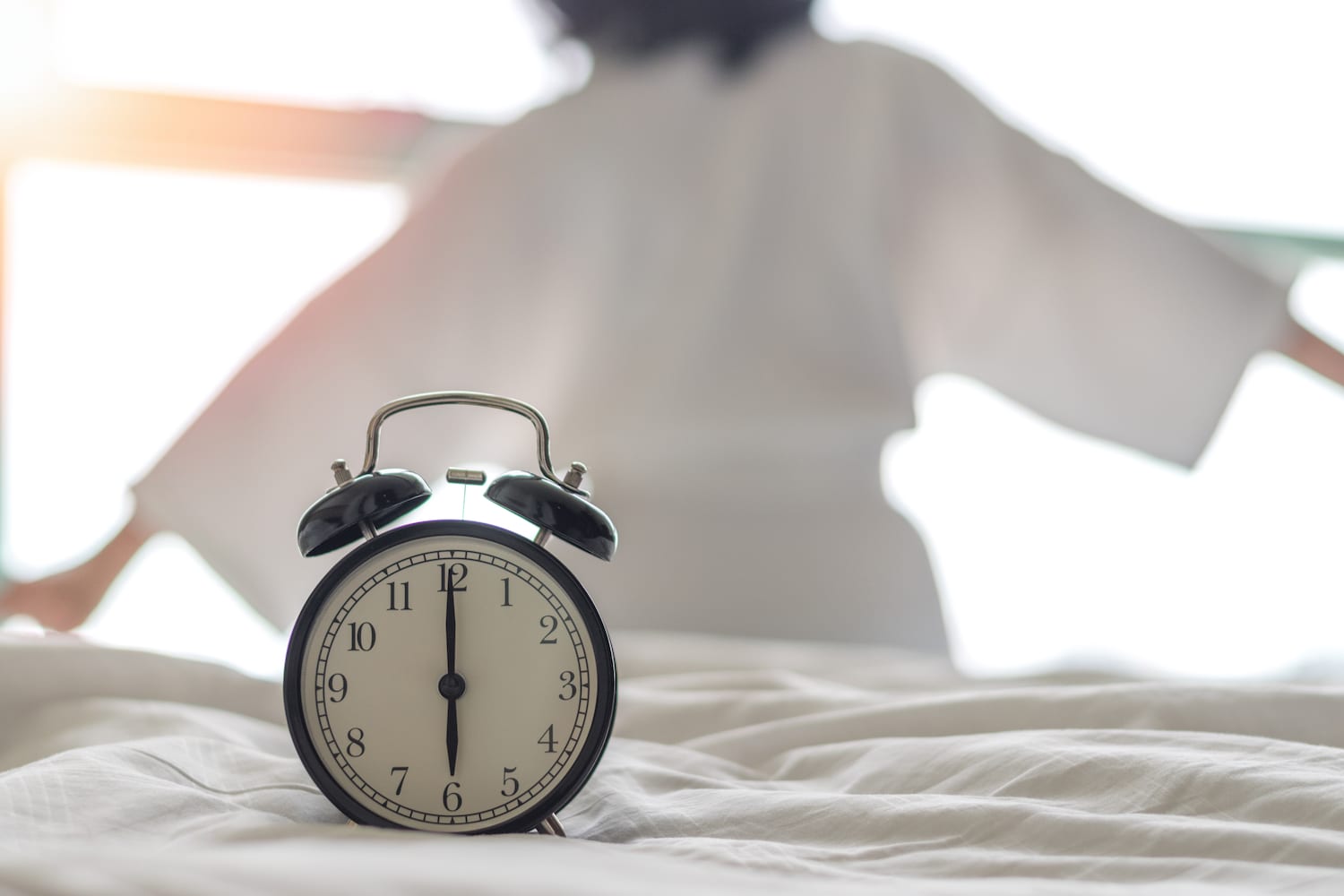
What Is Circadian Rhythm Sleep Foundation

Psychology Unit 4 Ch 5 Flashcards Chegg Com

What Is Circadian Rhythm Sleep Foundation

What Is Circadian Rhythm Sleep Foundation
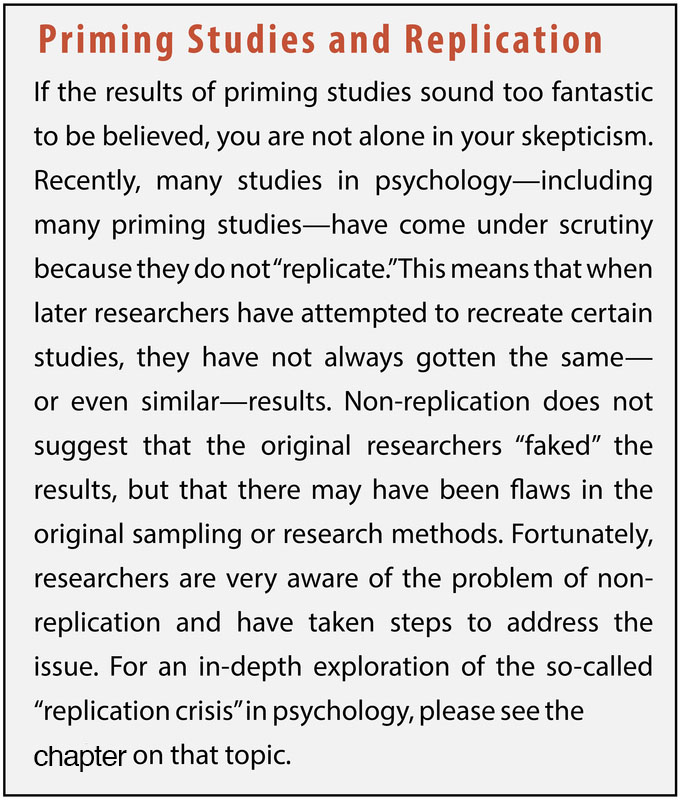
7 1 States Of Consciousness Introduction To Psychology

Psychology Unit 4 Ch 5 Flashcards Chegg Com
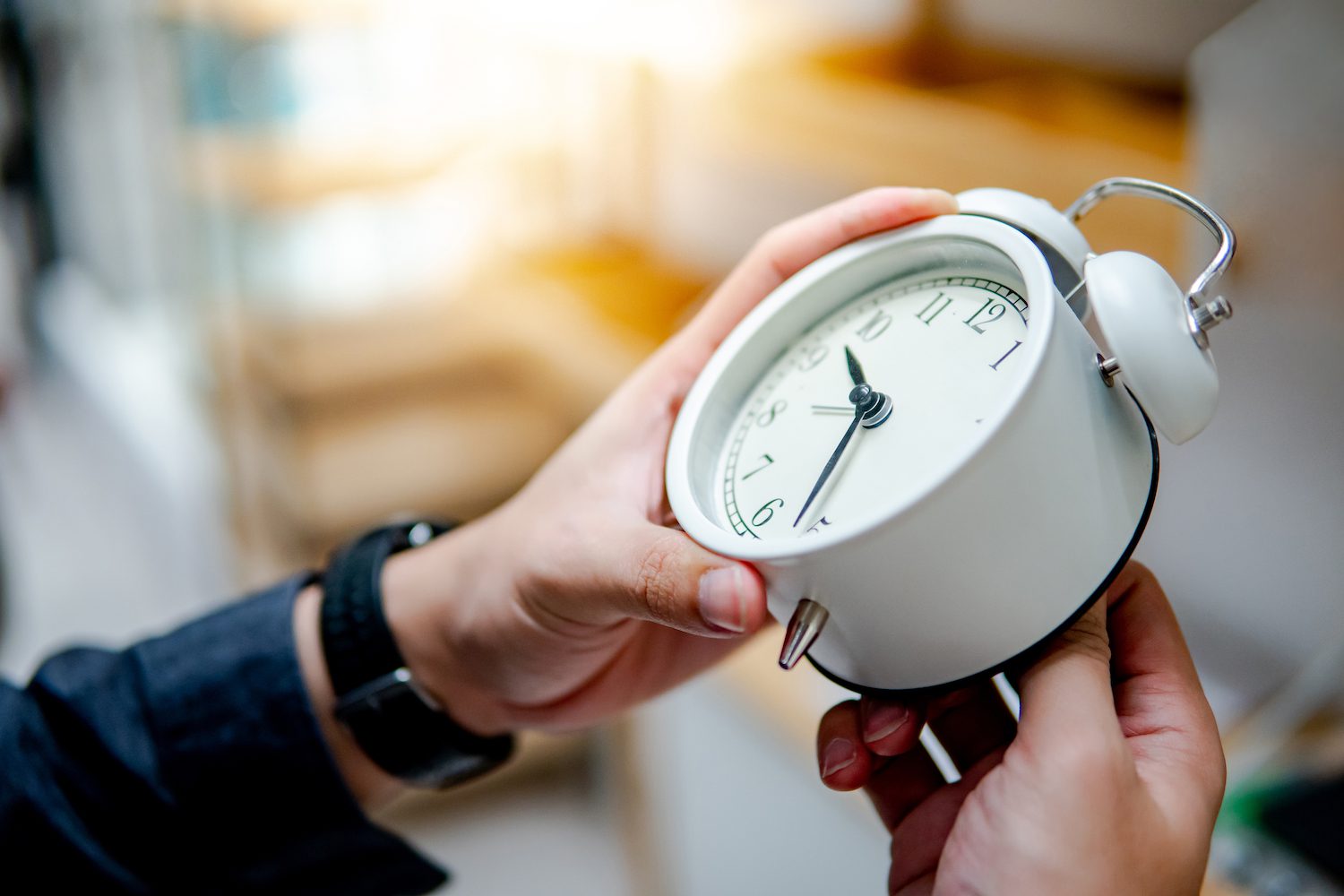
What Is Circadian Rhythm Sleep Foundation

Psychology Unit 4 Ch 5 Flashcards Chegg Com

Biological Clock An Overview Sciencedirect Topics

Psychology Unit 4 Ch 5 Flashcards Chegg Com

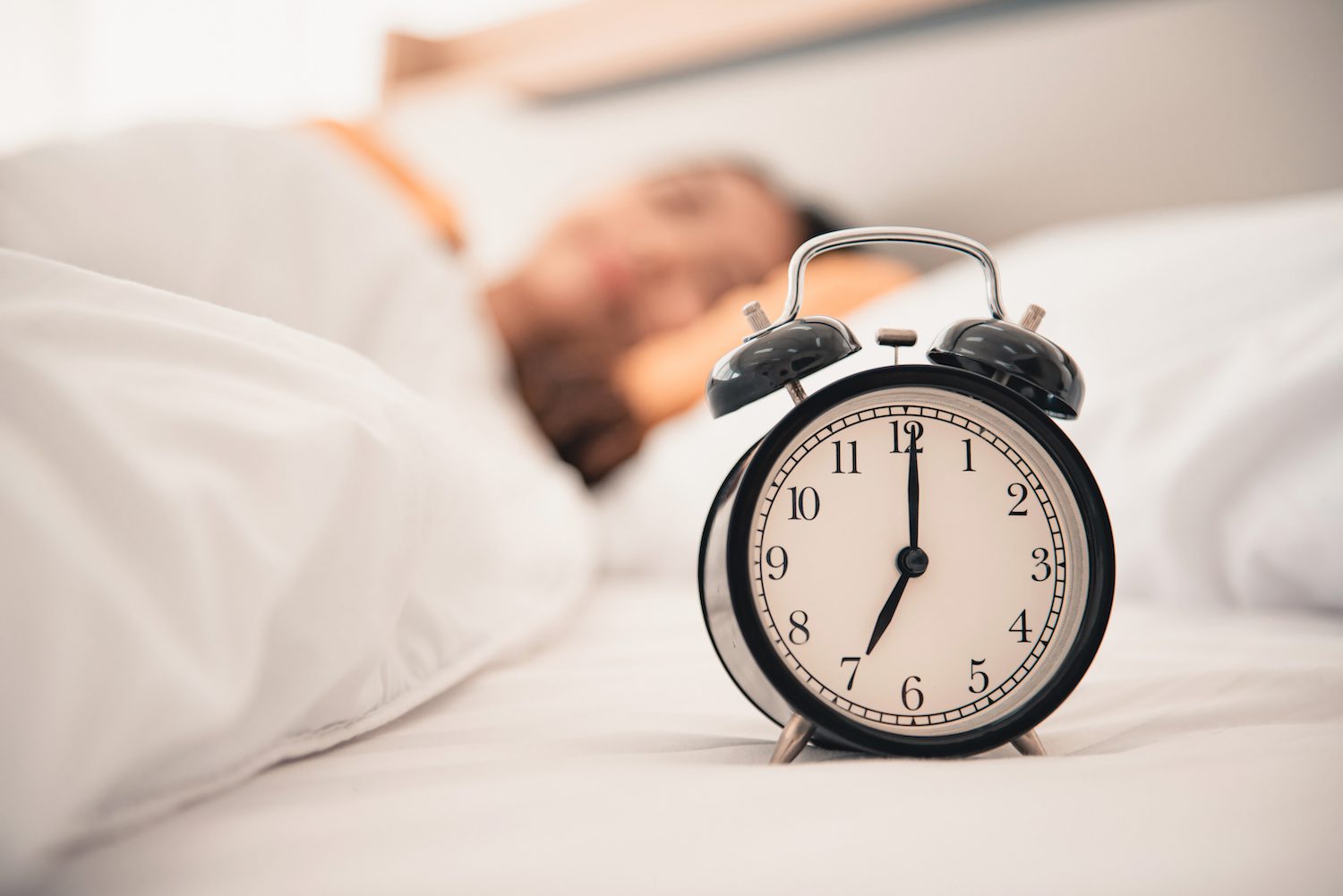
Comments
Post a Comment